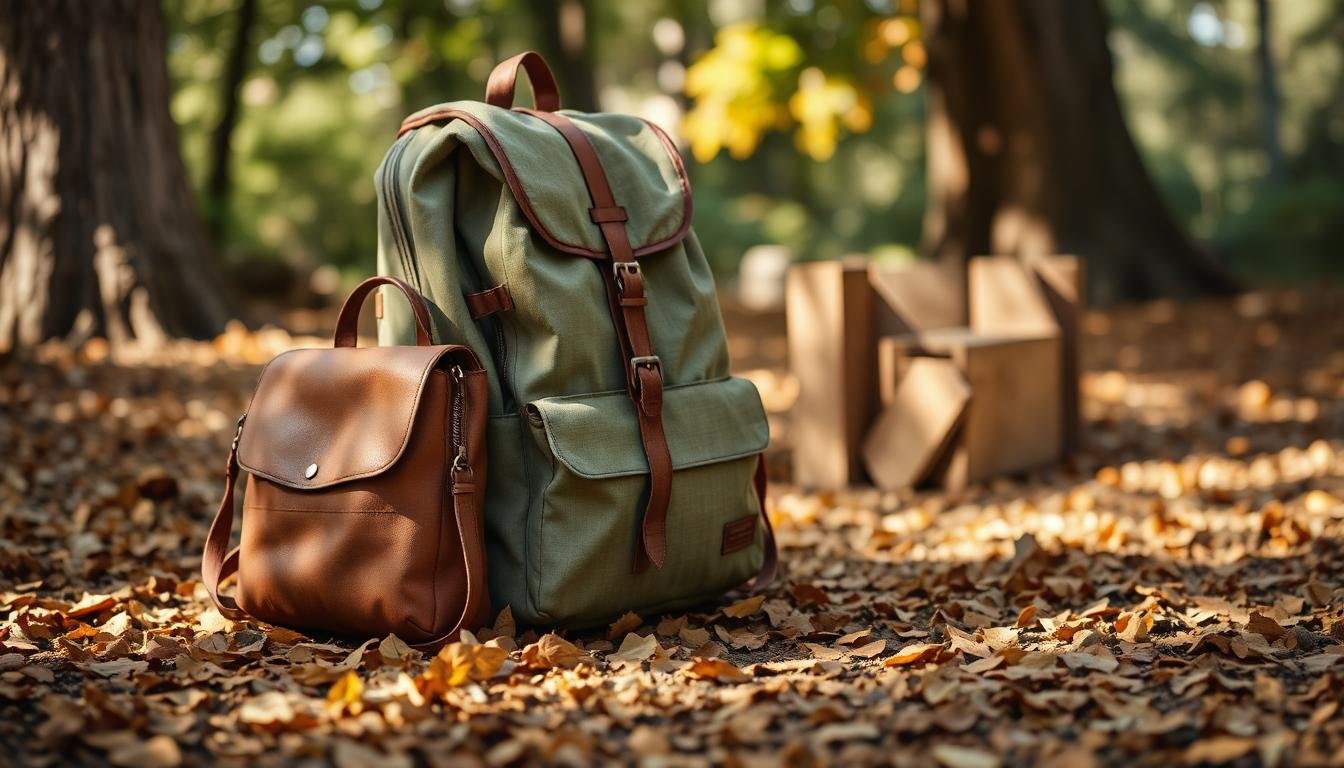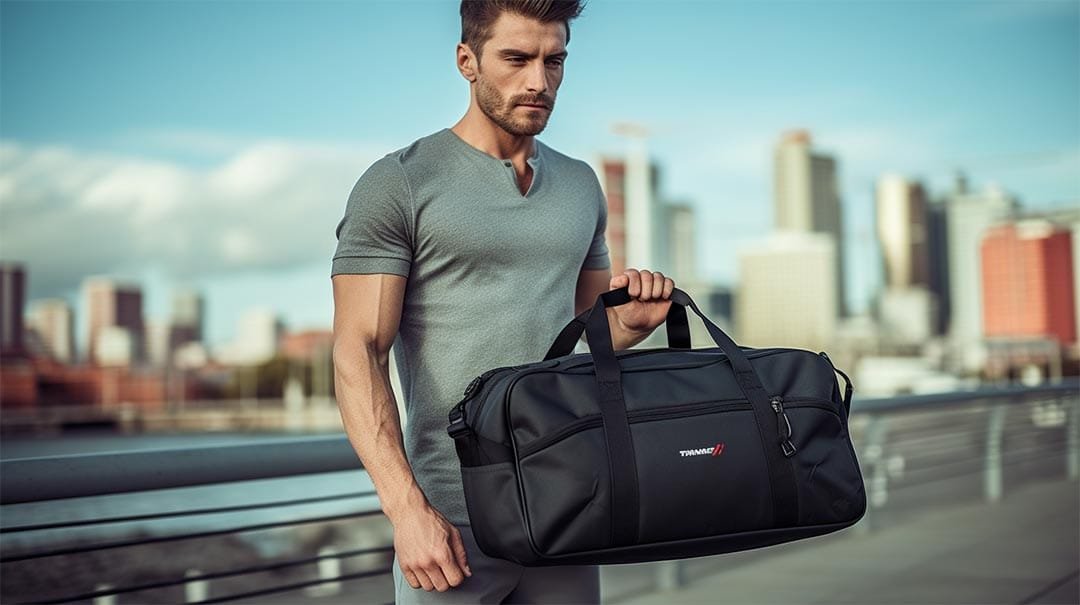Ever lugged a backpack that felt like you were carrying around a small elephant? Yeah, me too. It’s like your bag is plotting against you, turning a simple stroll into an unexpected workout session. Let’s face it, nobody signed up for an impromptu weightlifting class while going about their day. So, let’s get down to brass tacks: how much should a backpack actually weigh?
So here’s the skinny: a backpack should weigh no more than 10% to 15% of your body weight. For the math-challenged among us (no judgment), that means if you weigh 150 pounds, your backpack shouldn’t tip the scales past 15 to 22.5 pounds. This sweet spot keeps your back from cursing your existence and ensures you’re not waddling around like a pack mule.
But hold your horses, there’s more to this weighty issue. Stick around, and we’ll unpack (pun totally intended) the ins and outs of backpack weight, so you can make smarter choices for your customers—and maybe save a few backs in the process.
Why Is Backpack Weight Such a Big Deal?
You might be thinking, “It’s just a few extra pounds, what’s the harm?” Well, buddy, those extra pounds can add up faster than my tab at a free buffet. Overloading a backpack can lead to muscle strain, poor posture, and even long-term spinal issues. According to the American Chiropractic Association, hauling too much weight can mess with your body’s alignment.
The Domino Effect on Health
It’s not just about a sore back. Excessive backpack weight can lead to:
- Neck and shoulder pain
- Reduced lung capacity
- Balance issues
Not exactly a walk in the park, is it?
Factors That Influence Ideal Backpack Weight
Purpose of the Backpack
Is it for school, hiking, or a daily commute? The intended use dictates how much weight someone might need to carry.
User’s Physical Attributes
Let’s get real—age, fitness level, and overall health play a big role. What a strapping teenager can haul around is different from what a middle-aged office worker should attempt.
Duration and Distance
Carrying 20 pounds for a five-minute jaunt is one thing. Trekking with that weight for hours? That’s a whole different ballgame.
Tips to Keep Backpack Weight in Check
Opt for Lightweight Materials
Choose backpacks made from high-strength, lightweight fabrics like ripstop nylon or Dyneema. These materials cut down on the bag’s base weight without sacrificing durability.
Smart Packing Strategies
Encourage users to:
- Prioritize essentials
- Use travel-sized items
- Distribute weight evenly
Incorporate Ergonomic Features
Design backpacks with:
- Padded, adjustable straps
- Lumbar support
- Sternum straps
These features help distribute weight more evenly, making the load feel lighter.
The Business Angle: Why Should You Care?
As someone knee-deep in the backpack biz, understanding the ideal weight isn’t just a nice-to-have—it’s a must-have. Clients like Andy, the ever-discerning purchasing manager, aren’t just looking for any old bag. They want products that meet specific needs and solve real problems.
Meeting Client Expectations
By offering backpacks that prioritize optimal weight and ergonomics, you’re aligning with what buyers like Andy are hunting for. Quality inspections and certifications become your selling points.
Staying Ahead of the Curve
Innovation isn’t just a buzzword. By integrating new materials and design techniques, you position your business as a leader rather than a follower.
Building Trust and Reputation
When you consistently deliver products that exceed expectations, word gets around. And in this industry, a solid reputation is worth its weight in gold—or in this case, lightweight backpacks.
Common Pitfalls to Avoid
Overcomplicating Design
Adding too many pockets, zippers, and gadgets can bulk up the weight. Sometimes, less is more.
Ignoring Feedback
Don’t be that supplier who thinks they know better than the end-user. Regularly gather feedback and be willing to adapt.
Real-World Examples
Success Story: The Lightweight Hiking Backpack
We once had a client looking for a backpack for long-distance hikers. By focusing on ultralight materials and stripping away non-essentials, we delivered a product that weighed under 2 pounds. The result? A happy client and a best-selling backpack.
Lesson Learned: The Overloaded School Bag
On the flip side, we tried launching a school backpack loaded with features—built-in charger, extra compartments, the works. It ended up weighing a ton and flopped in the market. Lesson learned: functionality shouldn’t come at the expense of weight.
FAQs About Backpack Weight
What’s the Maximum Weight a Child Should Carry?
Children should carry no more than 10% of their body weight. So, a 50-pound kid shouldn’t carry a backpack heavier than 5 pounds.
How Can I Reduce the Weight Without Sacrificing Durability?
Use advanced materials like carbon fiber frames or specialized fabrics that offer strength without heft.
Are There Standards or Certifications for Backpack Ergonomics?
Yes, look for certifications from organizations like the Ergonomics Society or ISO standards for ergonomic products.
Wrapping It Up
So there you have it—the weight of a backpack isn’t just a number; it’s a critical factor that affects health, comfort, and satisfaction. By focusing on optimal weight ranges, smart design, and quality materials, we can deliver products that not only meet but exceed our clients’ expectations.
At the end of the day, it’s about more than just selling backpacks. It’s about providing solutions that make life a little easier—and a lot less heavy.







